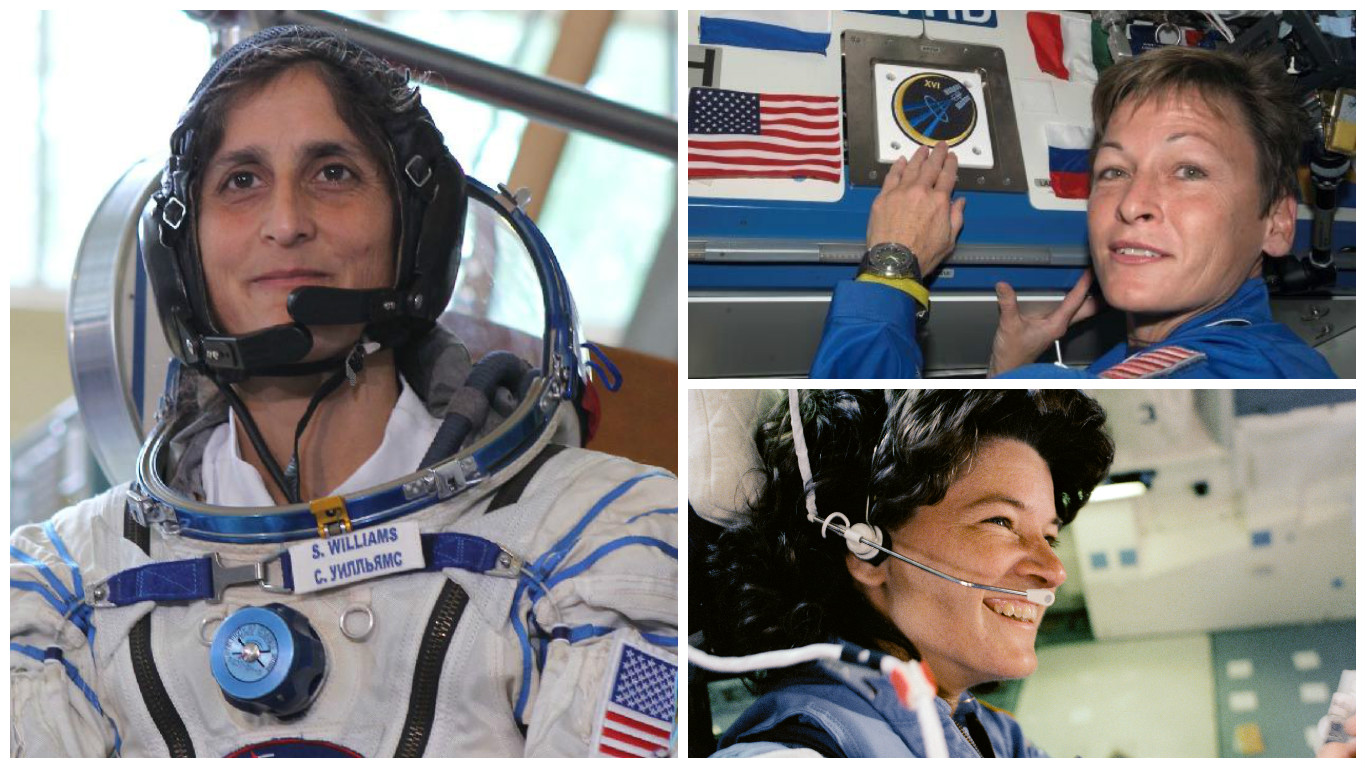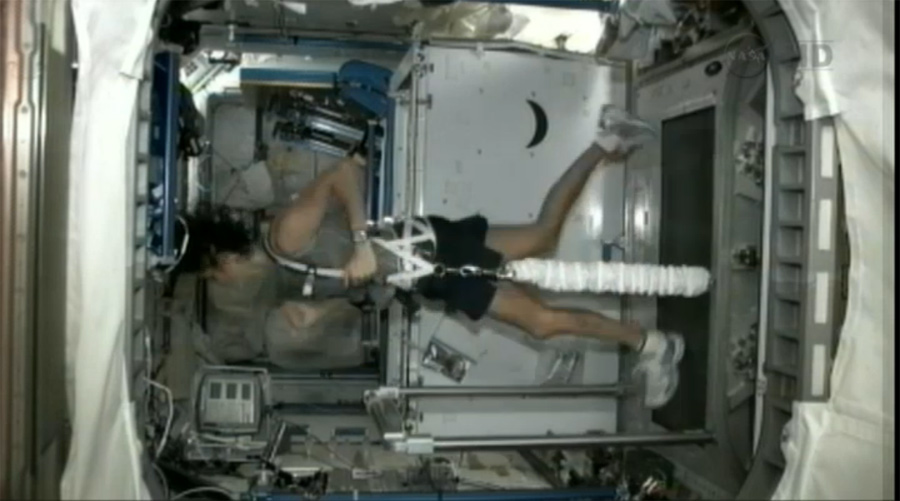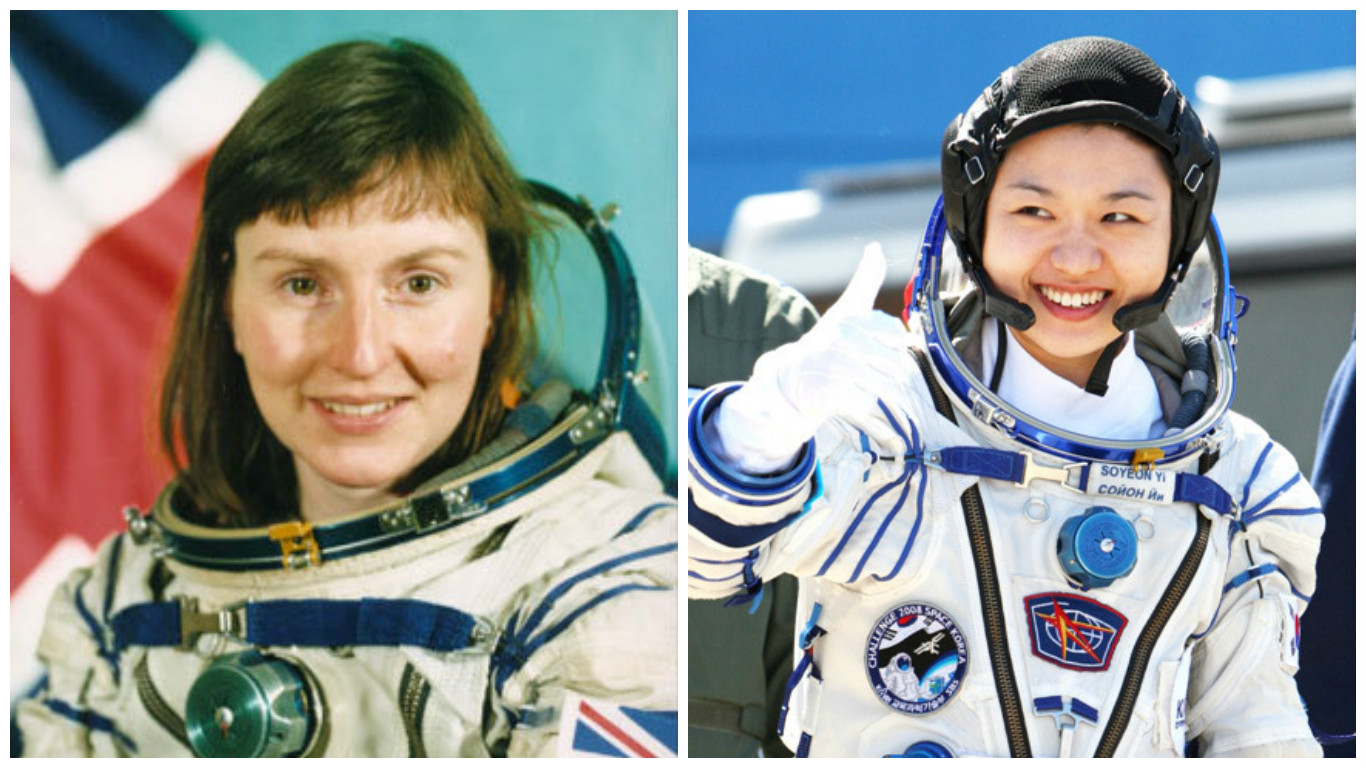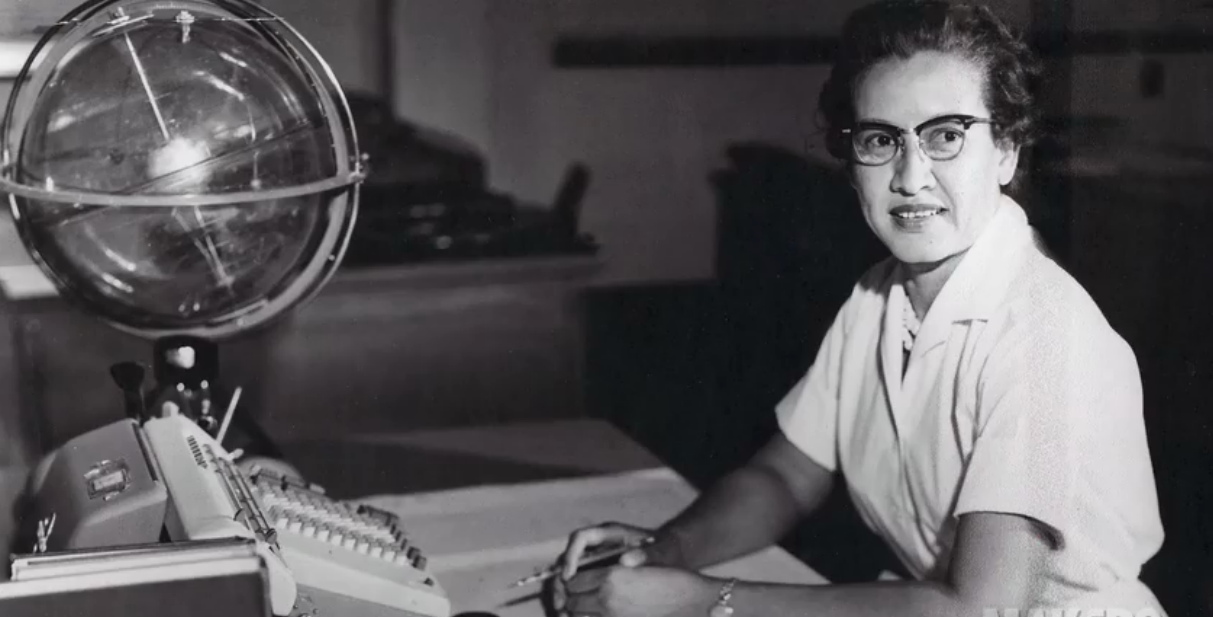Record-Breaking Women in Spaceflight History

Records set by women in spaceflight often come with the qualifier that those accomplishments are only among other women. For example, Valentina Tereshkova was the first woman in space, Sally Ride was the first American woman in space, and Sunita Williams has spent more time performing spacewalks than any other woman.
But these records may inadvertently suggest that women are not breaking barriers among their male colleagues — and that is clearly false. In honor of Women's History Month, here are just some of the records, accomplishments and milestones set by women in the space program.
"In this field where milestones are the norm, we are standing on the shoulders of many giants," Dava Newman, NASA's deputy administrator wrote in a recent blog post about pioneering women in NASA's history. "Female pioneers from the entire history of aviation and space history have helped us get to the point where were are now – on a journey to Mars and with many capabilities to help us search for life elsewhere in the solar system and beyond."
Spaceflight pioneers
Sally Ride, the first American woman to go to space, is one of the best-known astronauts in American history — not only because of her pioneering flight but also because of her fantastic outreach work and engagement with the public. But what many people may not realize is that Ride still holds the record for the youngest American ever to fly in space (she was 32).
Peggy Whitson has racked up more time in space than any other female astronaut. (Her cumulative total is a few hours shy of 377 days.) But she is also the first-ever mission specialist to become chief of NASA's Astronaut Office, the most senior leadership position for active astronauts at NASA. All previous chief astronauts had been pilots. Keep your eyes on Whitson: She's returning to space in November 2016, and it's also possible that she will break the record for the most total time spent in space by any American astronaut.
Whitson also racked up almost 40 hours of spacewalking time during her various missions, which puts her in the top 30 cumulative spacewalk record holders. But her colleague Sunita (Suni) Williams has her beat, with over 50 hours of cumulative spacewalk time. That places Williams on the top-10 list of space travelers with the most cumulative spacewalk time, and in the top five among NASA astronauts.
Williams was also the first person to run a marathon in space — using the space station treadmill, she ran the Boston marathon in 2007. And as if she hadn't broken enough records, Williams is scheduled to be one of the first NASA astronauts to catch a ride into space in a commercial spacecraft.
Get the Space.com Newsletter
Breaking space news, the latest updates on rocket launches, skywatching events and more!

During an unintentionally extended stay on the space station in 2015, Italian astronaut Samantha Cristoforetti set a record for the longest single spaceflight by any female astronaut. But during that stay, she also completed the longest single stay in space by any European astronaut (this does not include Russia). She is also the first person to brew coffee in space.
The first astronauts from South Korea and Britain were both women: So-yeon Yi (Korea) and Helen Sharman (Britain). Kalpana Chawla was the first Indian American in space, Anousheh Ansari was the first space traveler of Iranian descent (she was a space tourist), and Judith Resnik was the first Jewish American in space. Resnik died in the Challenger accident in 1986, along with Christa McAuliffe, the first teacher to launch on a spacecraft. In 1998, McAuliffe's backup for the Challenger mission, Barbara Morgan, became the first teacher to reach orbit. China's first female astronaut (taikonaut), Wang Yaping, was the first person to teach a full-length classroom lesson from space.
Dottie Metcalf-Lindenburger was the first Space Camp graduate to actually fly in space.
Kate Rubins, part of NASA's 20th astronaut class, is set to become the first person to sequence DNA when she flies to the International Space Station in May, as part of Expedition 48 and 49.
After her death, Ride set another record: She became the first and only member of the LGBT community to have flown in space. It was only after Ride passed away that her partner, Tam O'Shaughnessy, publicly confirmed that Ride was gay. It's possible that other LGBT astronauts have flown before or since Ride, but none have been identified publicly.

Space science
Besides breaking records in orbit, women have played a leading role in advancing NASA's spaceflight program on the ground. These accomplishments are more difficult to keep track of, for both men and women, as they tend to take place in the background.
Katherine Johnson, an African American woman who worked as a NASA mathematician for more than 30 years, calculated trajectories for America's first human spaceflight in 1961, verified the calculation for the trajectory of the first American human orbit of the Earth, and calculatedthe trajectory of the Apollo 11 module to the moon. Johnson was awarded the Presidential Medal of Freedom in 2015. Seven astronauts, as well as eight members of the Apollo 13 mission operations team for their incredible work bringing the crew home safely, have been given this honor. Johnson is the only Earth-based NASA employee to have been given the award for her career body of work.
Margaret Hamilton was a software pioneer and a leader among the programmers who helped the Apollo astronauts get safely to the moon.
Thora Halstead is "credited with helping to establish the field of space biology before there was such a discipline," according to NASA. Halstead founded the American Society for Gravitational Space Biology (ASGSB), which is now known as the American Society for Gravitational and Space Research. The list goes on and on.

The long road to now
In 1963, Valentina Tereshkova became the first woman to fly in space. (She was also the first person to wear a mission patch in space.) NASA did not open its astronaut application program to women until 1978, and even actively rejected a group of women who had undergone astronaut training in the 1960s.
But although Russia welcomed women into its space program early on, the trend did not continue. Russia has had only four female cosmonauts in its entire history. In 2014, a group of six women participating in an isolation study meant to imitate the conditions of a prolonged space trip were faced with sexist questions from the Russian press and sexist comments from program administrators.
It is notable when women break records and accomplish things that no other woman has ever done, for much the same reason that it is notable when people from other historically marginalized groups break through similar barriers. But women are also keeping pace with their male colleagues — setting the standard and, at times, racing past them.
In 2013, NASA's newest astronaut class consisted of four men and four women. The 50/50 split marks the highest percentage of women in an astronaut class in NASA history.
Editor's Note: This article has been updated to correct the following error: Judith Resnik died in the Challenger accident, not the Columbia accident.
Follow Calla Cofield @callacofield.Follow us @Spacedotcom, Facebook and Google+. Original article on Space.com.
Join our Space Forums to keep talking space on the latest missions, night sky and more! And if you have a news tip, correction or comment, let us know at: community@space.com.

Calla Cofield joined Space.com's crew in October 2014. She enjoys writing about black holes, exploding stars, ripples in space-time, science in comic books, and all the mysteries of the cosmos. Prior to joining Space.com Calla worked as a freelance writer, with her work appearing in APS News, Symmetry magazine, Scientific American, Nature News, Physics World, and others. From 2010 to 2014 she was a producer for The Physics Central Podcast. Previously, Calla worked at the American Museum of Natural History in New York City (hands down the best office building ever) and SLAC National Accelerator Laboratory in California. Calla studied physics at the University of Massachusetts, Amherst and is originally from Sandy, Utah. In 2018, Calla left Space.com to join NASA's Jet Propulsion Laboratory media team where she oversees astronomy, physics, exoplanets and the Cold Atom Lab mission. She has been underground at three of the largest particle accelerators in the world and would really like to know what the heck dark matter is. Contact Calla via: E-Mail – Twitter









